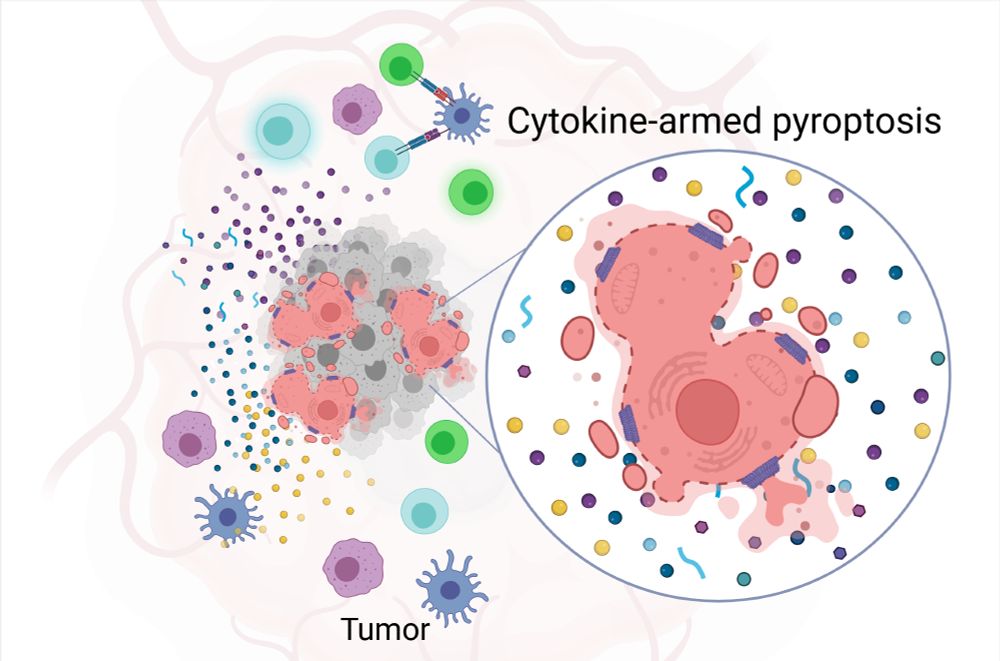Kemijski inštitut
@kemijski.bsky.social
35 followers
7 following
5 posts
We are the National Institute of Chemistry, an internationally renowned research organization in Ljubljana. Devoted to materials research, life sciences, biotechnology, chemical engineering, structural & theoretical chemistry, and environmental protection.
Posts
Media
Videos
Starter Packs
Kemijski inštitut
@kemijski.bsky.social
· Mar 14

Operando impedance spectroscopy with combined dynamic measurements and overvoltage analysis in lithium metal batteries - Nature Communications
Conventional EIS requires simplification and equilibrium conditions, limiting dynamic process observation. Here, authors tackle this with operando EIS and overvoltage monitoring in a 3-electrode Li me...
nature.com
Kemijski inštitut
@kemijski.bsky.social
· Feb 12

Amine‐Functionalized Triazolate‐Based Metal–Organic Frameworks for Enhanced Diluted CO2 Capture Performance
NICS-24, a novel Zn(II)-based diaminotriazolate oxalate MOF, exhibits significant improvements in CO2 adsorption at low concentrations compared to compositionally related CALF-20. In humid conditions....
doi.org
Kemijski inštitut
@kemijski.bsky.social
· Jan 23

Acidity Reversal Enables Site-Specific Ring-Opening Polymerization of Epoxides from Biprotonic Compounds
Polyethers are versatile materials extensively used in advanced as well as everyday applications. The incorporation of primary amine functionality into polyethers is particularly attractive due to its well-established coupling chemistries. However, the inherent nucleophilicity of amine group poses a challenge in the anionic ring-opening polymerization (ROP) of epoxides and requires the use of robust protecting groups that can withstand the harsh conditions of ROP without triggering undesirable side reactions. In this work, we present streamlined synthesis of amino-functionalized polyethers using classic N-carbamate-protected aminoalcohols as initiators for the ROP of epoxides. A Lewis acid-excess two-component organocatalytic system is found to trigger efficient anionic ROP of epoxides while preserving the integrity of the carbamate protection. Despite the higher intrinsic acidity of the carbamate group compared to the hydroxyl group, it is noncompetitive in both the deprotonation and ring-opening steps. This is due to an intriguing acidity-reversing effect of the catalyst, which allows site-specific ethoxylation to proceed exclusively from the hydroxyl group. The resulting poly(propylene oxide) and poly(ethylene oxide) exhibit the targeted molar mass, low dispersity, and well-defined end groups. The fidelity of the amino functionalities is further corroborated and utilized in construction of polypeptoide-based hybrid block copolymers using the synthesized polyethers as macroinitiators.
pubs.acs.org





